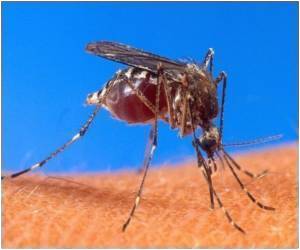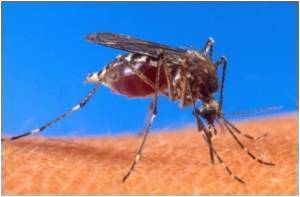
The authors reached these conclusions by developing a mathematical simulation model for P. falciparum transmission in Africa, which incorporated three major types of mosquito, parasite prevalence data in 34 areas of Africa with differing P. falciparum malaria transmission levels, and the effect of switching to artemisinin-combination therapy and increasing coverage of long-lasting insecticide treated bednets.
Then the authors explored the impact on transmission of continued roll-out of long-lasting insecticide treated bednets, additional rounds of indoor residual spraying, mass screening and treatment and a future vaccine in six representative settings with varying transmission intensity with the aim of reaching a realistic target of 80% coverage.
The model predicted some success in low and moderate transmission settings but in high-transmission areas and those in which mosquitoes are mainly outdoor-resting, additional new tools that target outdoor-biting mosquitoes and substantial social improvements will be required as higher levels of intervention coverage are unrealistic.
The authors say, "Our model is necessarily a simplification of the more complex dynamics underlying malaria transmission and control, so numerical results should be interpreted more as providing intuitive insight into potential scenarios than as firm predictions of what might happen in a given setting."
Source-Eurekalert











